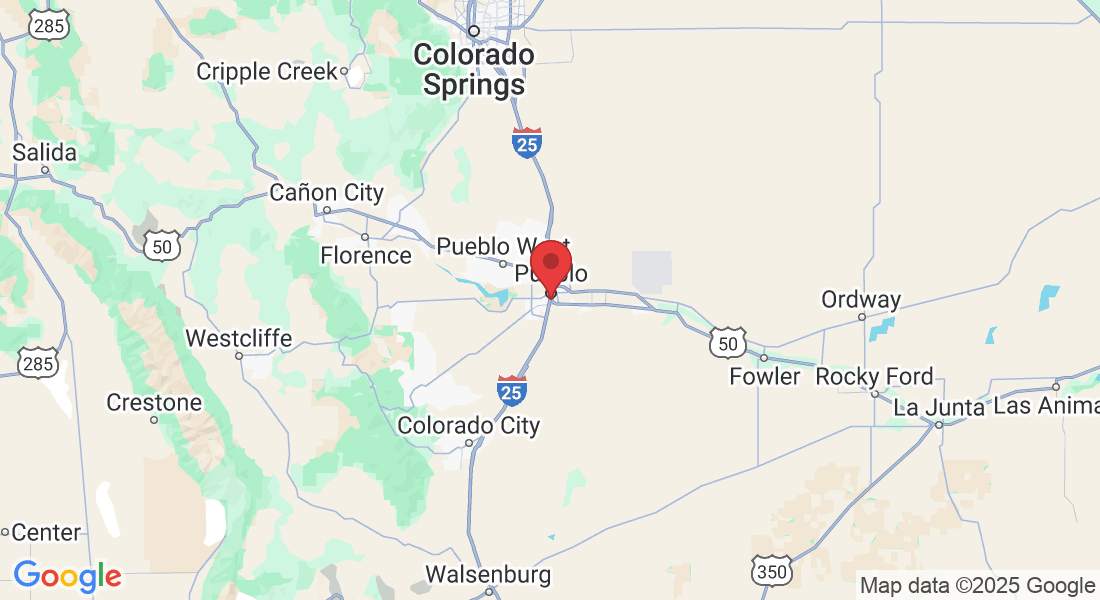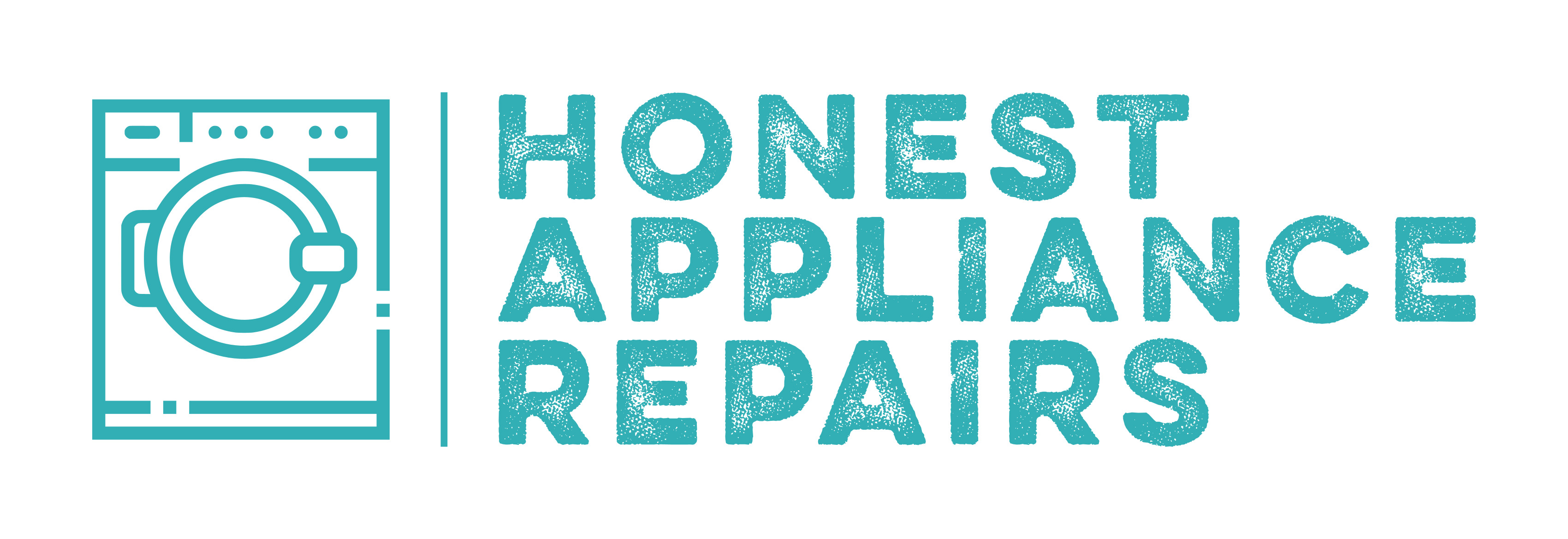Blog

Troubleshooting Guide: What to Do If Your Electric Range Isn't Cooking Food Properlyr
What to Do If Your Electric Range Is Not Cooking Food Properly: A Step-by-Step Troubleshooting Guide
Cooking with an electric range should be a seamless experience, but what happens when your meals start coming out unevenly cooked, or not cooked at all? Before you call in a repair technician, there are a few troubleshooting steps you can take. Here’s a guide to help you diagnose and potentially fix the issue with your electric range.
1. Check the Power Source
Ensure the Range Is Plugged In:
It might seem obvious, but check that your range is properly plugged into the outlet.
Verify that the outlet is supplying power by plugging in another appliance.
Check the Circuit Breaker:
Locate your home’s electrical panel and check if the breaker for the range is tripped. If it is, reset it and see if the range powers on.
If the breaker continues to trip, this could indicate an electrical problem, and you may need to consult an electrician.
2. Inspect the Heating Elements
Burners Not Heating:
If one or more of your burners aren't heating, inspect them for visible damage like cracks or breaks.
Ensure the burners are securely connected. Sometimes, burners can become dislodged from their sockets.
Test the Burners:
Swap the non-working burner with a working one. If the swapped burner works in the same spot, the problem lies with the burner itself.
If the working burner fails in the non-working spot, the issue may be with the burner socket or wiring.
3. Evaluate the Oven’s Performance
Uneven Cooking or No Heat:
If your oven isn’t heating evenly or not heating at all, it could be due to a faulty bake or broil element. Visually inspect these elements for any damage or discoloration.
Test the elements by turning on the oven. If they do not glow red, they may need to be replaced.
Check the Oven Thermostat:
If the oven heats but doesn’t reach the set temperature, the thermostat might be malfunctioning.
Use an oven thermometer to check if the internal temperature matches the set temperature. If there's a significant difference, the thermostat might need recalibration or replacement.
4. Examine the Control Panel
Control Panel Unresponsive or Malfunctioning:
If your control panel isn’t responding properly, it could be due to a malfunctioning control board or a loose connection.
Reset the control panel by turning off the range's power at the breaker for a few minutes, then turning it back on.
If the issue persists, the control board may need professional attention.
5. Look for Error Codes
Identify Any Error Codes:
Modern electric ranges often display error codes when something goes wrong. Refer to your range’s user manual to decipher these codes.
Addressing the specific error code might resolve the issue or at least give you a clear indication of the problem.
6. Inspect the Door Seal
Oven Door Not Sealing Properly:
A faulty door seal can cause heat to escape, leading to uneven cooking.
Inspect the door gasket for any tears or wear. If it’s damaged, replacing the gasket might improve your oven's performance.
7. Consider the Age of Your Appliance
Is It Time for a Replacement?
If your electric range is more than 10-15 years old and consistently underperforming, it might be time to consider a replacement.
Older models may not be as efficient or reliable, and a new range could save you money in the long run.
When to Call a Professional
If you’ve gone through these troubleshooting steps and your electric range is still not cooking food properly, it’s time to call in a professional appliance repair technician. Complex issues like faulty wiring, control board problems, or persistent electrical issues should be handled by someone with the right expertise to avoid any further damage or safety hazards.
Conclusion
Troubleshooting your electric range can help you identify minor issues and potentially save you the cost of a repair. However, when in doubt, it’s always best to consult a professional to ensure the safety and longevity of your appliance. If you need help with your electric range or any other home appliance, don’t hesitate to reach out to our experienced team at Honest Appliance Repairs. We’re here to help keep your kitchen running smoothly!
Pueblo, Colorado
Email info@honestappliancerepairs.com
Mon-Fri: 8am - 4pm




